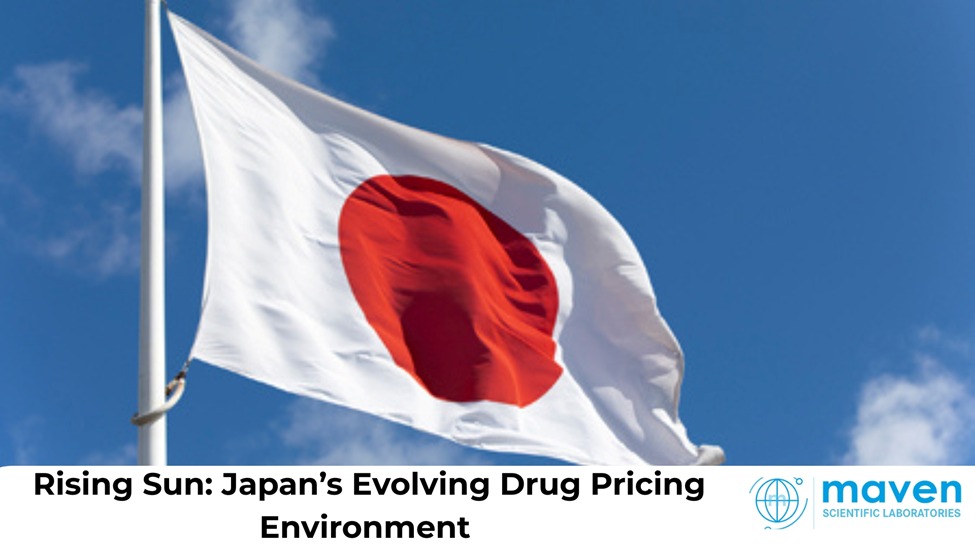Rising Sun: Japan’s Evolving Drug Pricing Environment
November 04, 2025
In a world where ageing populations and rising government debt are driving governments to squeeze pharmaceutical budgets, Japan is moving in the opposite direction — strengthening support for innovation and access to medicines. Over the past year, the government has made important reforms that significantly improved the drug pricing environment in Japan, creating new opportunities for global pharmaceutical companies.
Japan’s Traditional Drug Pricing System
Japan’s pricing framework has long been considered unique. On the positive side:
- Fast reimbursement almost always follows regulatory approval.
- Reimbursement is nationwide, ensuring broad patient access.
The main hurdle has traditionally been price negotiation with the Ministry of Health, Labour and Welfare (MHLW). However, the challenge was that launch prices were subject to regular cuts — biennial for all products and more frequent for selected ones. This made business planning difficult and contributed to two major issues:
- Drug lag – medicines reaching Japan later than the US or Europe.
- Drug loss – medicines not reaching Japan at all.
To address these concerns, Japan introduced the Price Maintenance Premium (PMP) in 2010, protecting innovative products from repeated cuts. For about five years, this created a “golden period” of strong support for innovation.
The Downturn and Recovery
From 2016 onwards, reforms such as annual repricing for some products and narrowing PMP eligibility led to reduced support for innovation. This worsened drug lag and drug loss, drawing concern from stakeholders.
By the early 2020s, the tone shifted again. Politicians, regulators, and industry associations (JPMA, PhRMA Japan, EFPIA Japan) worked in closer alignment to advocate for a fairer pricing model. Their efforts culminated in the April 2024 reforms, marking a turning point.
Key Drug Pricing Reforms in Japan (2024)
- Products under PMP will now have fully maintained NHI prices.
- Expanded PMP coverage, protecting more innovative drugs.
- New price premium created to incentivize early introduction of new medicines to Japan.
- Eased requirements for granting price premiums.
- Spillover repricing rule reformed for more predictability.
- Substantial increase in products eligible for unprofitability repricing.
This package signaled Japan’s intent to reward pharmaceutical innovation and encourage companies to bring breakthrough therapies to Japanese patients earlier.
A Quid Pro Quo
The government has been transparent: it expects pharma companies to reduce drug lag and drug loss in return for these incentives. As senior MHLW official Tadayuki Mizutani put it:
“We want to see moves towards the elimination of drug losses. Such moves will then lead us in the direction of further rewarding innovation.”
This means global pharmaceutical firms have a clear opportunity — but also a responsibility — to deliver innovation to the Japanese market.
Looking Ahead
The outlook is optimistic. More companies are now considering Japan as a priority launch market, while local players, CROs, and trading companies are exploring ways to bring “drug loss” assets into the country.
For Maven Regulatory Solutions, this evolving landscape underscores the importance of regulatory strategy, pricing intelligence, and market access planning for Japan. The drug pricing reforms of 2024 may mark the beginning of a virtuous cycle:
- Faster drug launches
- Broader access for patients
- Stronger support for pharmaceutical innovation
In Japan, at least, the sun truly seems to be rising.


Post a comment